
Sabatinca heighwayi is a species of moth belonging to the family Micropterigidae. It was described by Alfred Philpott in 1927 and is endemic to New Zealand. It can be found north of Lewis Pass in the north west of the South Island. Adult moths are on the wing from late September until the middle of January. The host of the larvae of this species is the foliose liverwort Plagiochila circumcincta.

Amblyptilia epotis is a moth of the family Pterophoridae. It is endemic to New Zealand and is found in the South and Stewart Islands. It inhabits mountainous terrain covered in alpine vegetation or alternatively alpine wetland habitat. The adults of this species are on the wing from February to March. In appearance the adults of this species are variable in colour however this species can be distinguished from similar species by the oblique apical streak on its forewings as well as the patch of white on the costa cilia towards the apex of the forewing.

Trachypepla semilauta is a moth of the family Oecophoridae and was first described by Alfred Philpott in 1918. It is endemic to New Zealand and has been collected in Southland. This species inhabits southern beech forest on the side of mountains. Adults are on the wing in January.

Anisoplaca fraxinea is a species of moth of the family Gelechiidae. It was described by Alfred Philpott in 1928 and is endemic to New Zealand. It has been observed in the South Island and adults are on the wing in February and March.

Eutorna inornata is a moth in the family Depressariidae. It was described by Alfred Philpott in 1927. It is endemic to New Zealand and has been observed in both the North and South Islands. The larvae of this moth are leaf minors of Selliera radicans.

Sagephora jocularis is a species of moth in the family Tineidae. It was described by Alfred Philpott in 1926. This species is endemic to New Zealand and has been collected in Canterbury and Southland. Adults are on the wing in January and October.
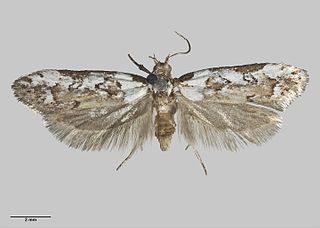
Trachypepla festiva is a moth of the family Oecophoridae and was first described by Alfred Philpott in 1930. It is endemic to New Zealand and has been collected in the northern parts of the North Island.

Mallobathra angusta is a moth of the family Psychidae. This species is endemic to New Zealand.

Tingena afflicta is a species of moth in the family Oecophoridae. It is endemic to New Zealand.
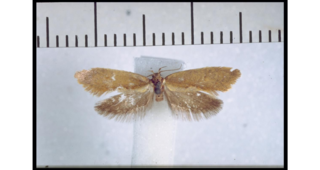
Tingena amiculata is a species of moth in the family Oecophoridae. It is endemic to New Zealand and has been observed in the Nelson, Tasman and Canterbury regions. This species has been collected amongst Hebe species and shrubland at altitudes of up to 4500 ft. It is similar in appearance to its near relatives Tingena basella and Tingena laudata.

Tingena enodis is a species of moth in the family Oecophoridae. It is endemic to New Zealand and has been collected in and around Nelson. This species can only be reliably distinguished from its close relatives through the different shape of its male genitalia. As at 1939 a female specimen had yet to be assigned to this species.

Tingena grata is a species of moth in the family Oecophoridae. It is endemic to New Zealand and has been found in the South Island. The adults of this species are on the wing from November to January.
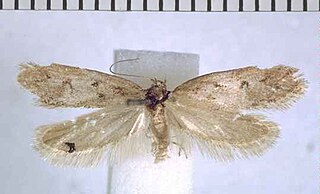
Tingena honesta is a species of moth in the family Oecophoridae. It is endemic to New Zealand and can be found in the South Island.

Tingena horaea is a species of moth in the family Oecophoridae. It is endemic to New Zealand and have been observed in both the North and South Islands. The adults are on the wing in January.
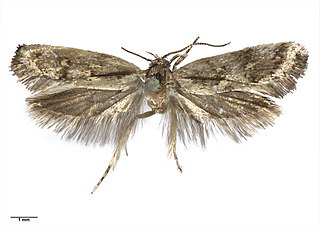
Tingena lassa is a species of moth in the family Oecophoridae. It is endemic to New Zealand and has been observed in Otago. It frequents both subalpine habitat at altitudes up to 1100 meters down to sea level residential areas. This species has frequently been observed resting on rock faces. The adults of this species are found on the wing in November and December.
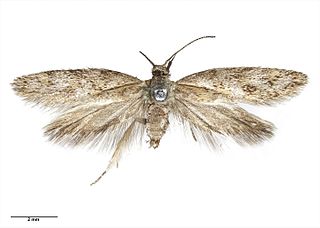
Tingena levicula is a species of moth in the family Oecophoridae. It is endemic to New Zealand.
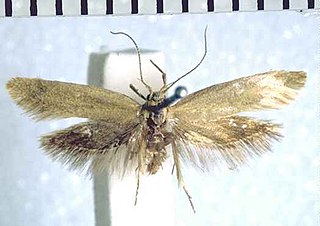
Tingena paula is a species of moth in the family Oecophoridae. It is endemic to New Zealand and has been observed in Canterbury. Adults of this species are on the wing in November.

Tingena vestita is a species of moth in the family Oecophoridae. It is endemic to New Zealand and has been collected in Fiordland. The adults of this species are on the wing in January.

Meterana badia is a species of moth in the family Noctuidae. This species is endemic to New Zealand.

Trachypepla minuta is a moth of the family Oecophoridae first described by Alfred Philpott in 1931. It is endemic to New Zealand and has been collected in Auckland. Adults of this species are on the wing in December. It is distinguishable from similar species as it is smaller in size and darker in appearance than other species in the genus Trachypepla.





















